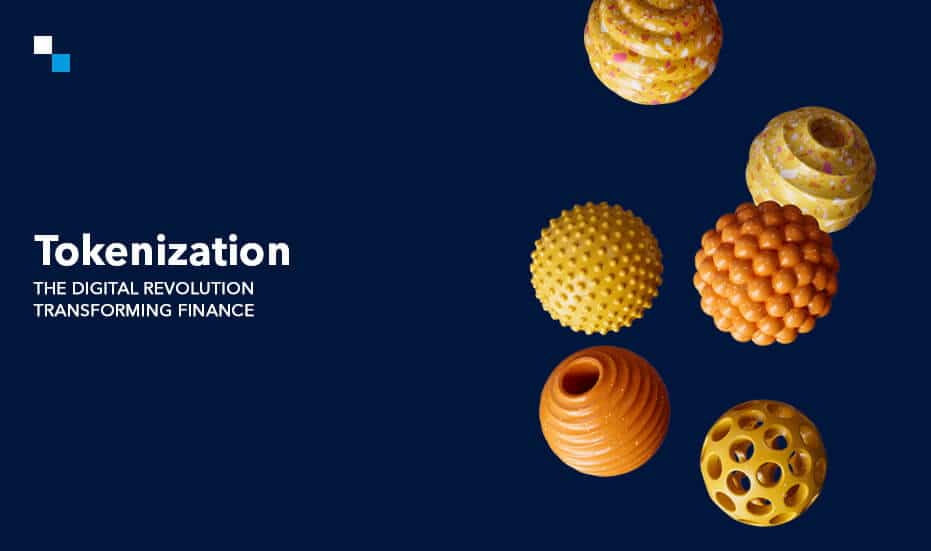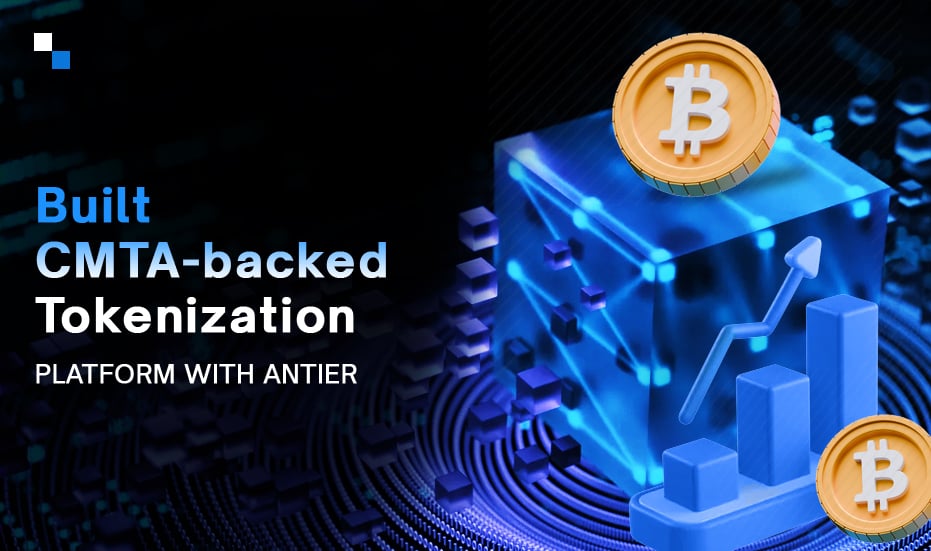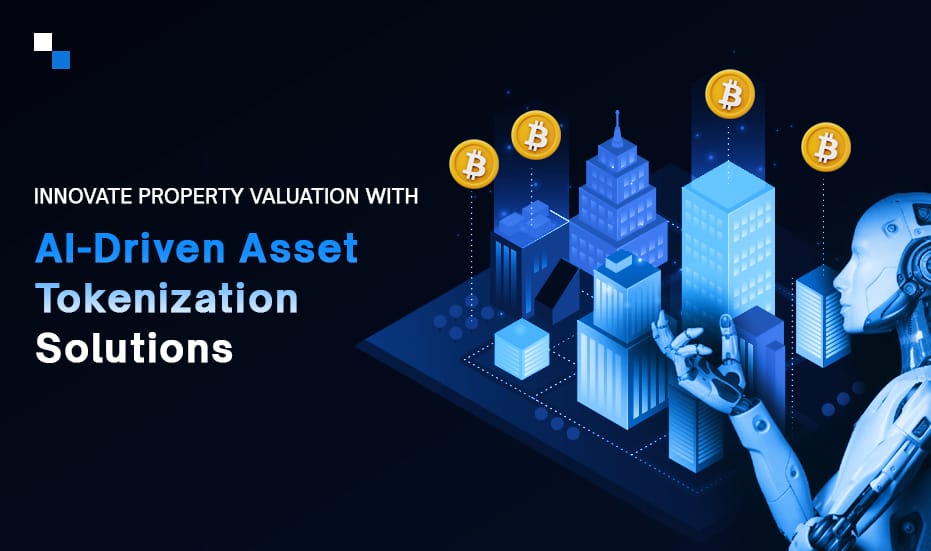The financial landscape is undergoing a significant transformation fueled by innovation. Tokenization, the process of converting ownership rights or access to assets into digital tokens on a blockchain, is poised to disrupt traditional practices and unlock a new era of efficiency, accessibility, and opportunity.
From Physical Assets to Digital Tokens: Understanding Tokenization
At its core, tokenization bridges the gap between physical assets and the digital world. Imagine a stock certificate – a tangible document representing ownership of a company. Tokenization takes this concept and translates it into the digital realm. A stock becomes a security token, residing on a secure and transparent blockchain network where every transaction is meticulously recorded.
This shift opens doors to a multitude of possibilities. A report by EY suggests that investors are expressing a growing interest in tokenized assets, with projections indicating an allocation of 7% to 9% of their portfolios by 2027. This rising interest underscores the potential of tokenization to revolutionize the way assets are managed and invested in.
A Universe of Tokenizable Assets: Beyond Traditional Finance
The reach of tokenization extends far beyond traditional financial instruments. Here’s a glimpse into the vast array of assets that can be tokenized:
- Financial Instruments: Stocks, bonds, derivatives, and even loyalty points can be transformed into digital tokens, enabling fractional ownership (facilitating investment with smaller capital) and faster settlements, as highlighted in a Bloomberg report.
- Real Estate: Brick-and-mortar properties can be broken down into tradable tokens, democratizing access to this traditionally illiquid asset class. Estimates by N26 suggest that tokenization can unlock a significant pool of underbanked and unbanked investors for these opportunities.
- Intellectual Property: Patents, copyrights, and trademarks can be securely managed and licensed through tokenization.
- Tangible Assets: Fine art, commodities, and even luxury goods can be revitalized by creating tradable digital representations.
This versatility fosters innovation in financial products and services, paving the way for a more inclusive and dynamic investment landscape.
Advantages of Tokenization
The impact of asset tokenization goes beyond mere digitization. It offers a range of benefits that empower the financial world:
- Enhanced Efficiency: Streamlined transactions, faster settlements, and reduced paperwork lead to significant cost savings for both businesses and investors.
- Fractional Ownership: Tokenization breaks down entry barriers, allowing individuals with smaller capital to participate in previously inaccessible asset classes.
- Increased Liquidity: Digital tokens can be easily traded on secondary markets, boosting liquidity for traditionally illiquid assets.
- Transparency Unbound: Blockchain technology provides an immutable record of ownership, fostering trust and reducing the risk of fraud.
- Democratization of Investment: By lowering investment barriers, tokenization creates a more inclusive financial ecosystem.
- Programmable Assets: Smart contracts, self-executing code embedded within tokens, automate processes and unlock innovative investment strategies.
These advantages pave the way for a future where finance is efficient, transparent, and accessible to all.
The Future Landscape: A World of Opportunity
Tokenization marks the dawn of a new era in finance and investment. Here are some exciting possibilities that lie ahead:
- Security Token Offerings (STOs): Companies can raise capital by issuing security tokens representing ownership or profit-sharing rights.
- Decentralized Finance (DeFi): A new breed of financial services powered by blockchain technology and tokenization emerges, offering alternatives to traditional financial institutions.
- New Investment Products: Innovative investment products based on tokenized assets cater to diverse risk appetites and investment goals.
The potential for disruption is immense, and tokenization is poised to lead the charge towards a more dynamic and inclusive investment landscape.
Challenges and Considerations: Navigating the New Frontier
While the potential of tokenization is undeniable, there are challenges to consider:
- Regulatory Uncertainty: Regulations governing tokenized assets are still evolving, creating uncertainty for businesses and investors.
- Technological Immaturity: Blockchain technology, though rapidly maturing, requires ongoing security and scalability enhancements.
- Investor Education: Public awareness and understanding of tokenization remain low, requiring concerted efforts to educate potential investors.
Addressing these challenges is crucial for the widespread adoption of tokenization. Collaboration between regulators, businesses, and technology developers is key to navigate these hurdles and unlock the full potential of this transformative technology.

Beyond Traditional Finance: A World of Tokenized Assets
The reach of tokenization extends far beyond financial instruments. Here are some captivating examples:
- Intellectual Property: BitShares allows creators to tokenize their intellectual property (IP), such as patents or copyrights. This facilitates secure licensing agreements and efficient royalty collection.
- Supply Chain Management: VeChain tokenizes products throughout the supply chain, enabling real-time tracking and verification of product authenticity. This improves transparency and reduces the risk of counterfeiting.
- Loyalty Programs: Loyakk tokenizes loyalty points, allowing users to spend them across various platforms and potentially trade them on secondary markets.
These examples showcase the versatility of tokenization and its potential to disrupt various sectors beyond traditional finance.
Conclusion
Tokenization is more than just a technological innovation; it’s a catalyst for change in the world of finance and investment. Its potential to streamline processes, democratize access, and unlock new opportunities is undeniable.





